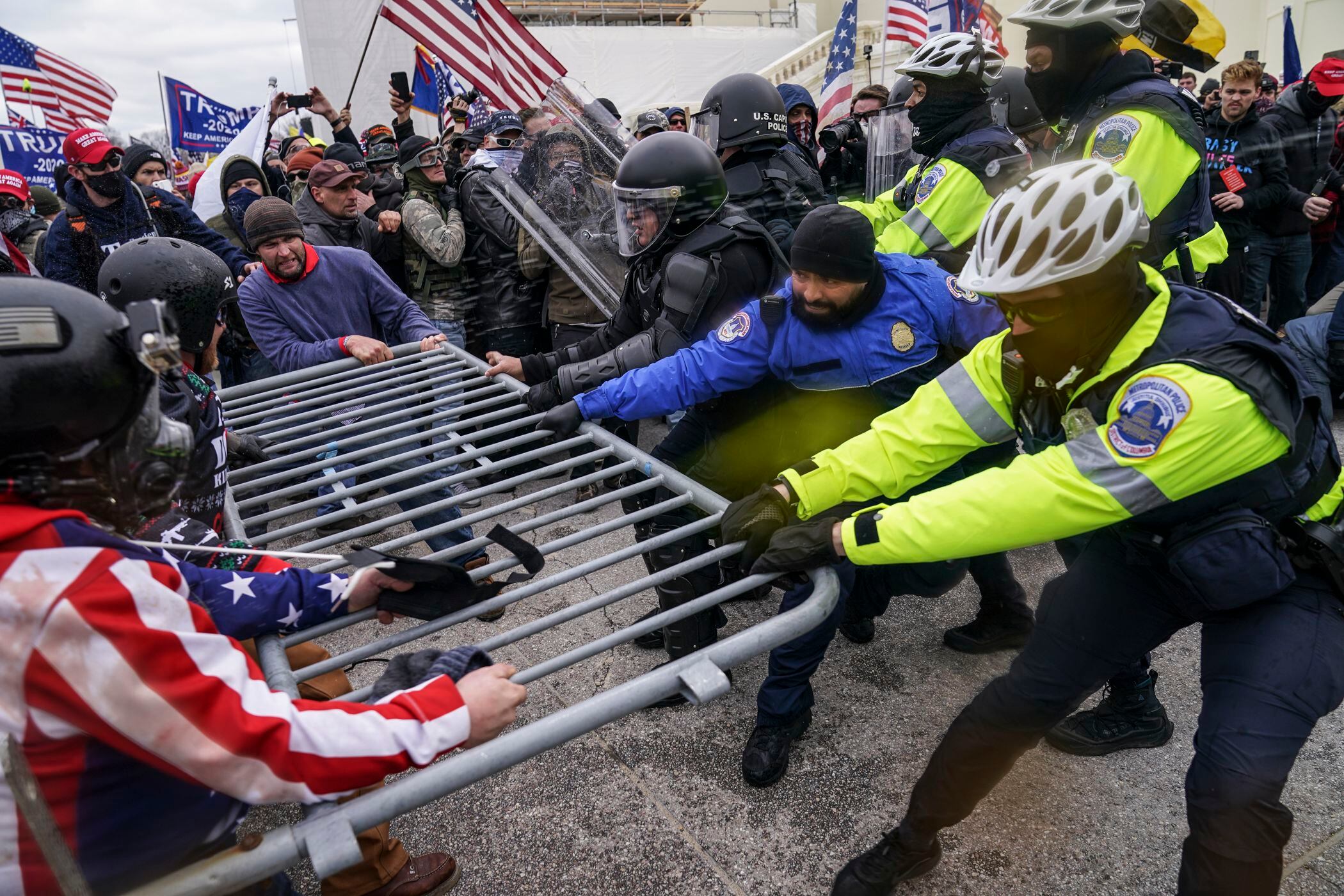It's no secret that it's gotten harder to stay in the Marine Corps as the force draws down. In a recent talk, the assistant commandant of the Marine Corps underscored just how much competition faces would-be second-term Marines are facing and will face as the Corps continues to draw down.
At an event organized by the National Defense Industrial Association Feb. 26 in Washington, D.C., Gen. John "Jay" Paxton said the Corps is working to return to its pre-9/11 status quo, where one in five Marines were approved for sought reenlistment.
"During the height of Iraq and Afghanistan, during the move to a 202K force, we were at about a one-in-four reenlistment, and then some [military occupational specialties] close to 1 to 3," Paxton said. "But we're going to get back to a one-to-five reenlistment as the norm, and the steady state will reestablish itself."
An internal email obtained by Marine Corps Times last spring illustrated the tension between a shrinking number of boat spaces and the throngs of Marines in line to reenlist. Approved by Lt. Gen. Robert Milstead, commander of Manpower and Reserve Affairs and sent to leaders across the Marine Corps, the email urged commanders to be selective and look for the right Marines to fill remaining spaces. At that point, the email said, there were 400 spaces remaining for the year and more than 4,000 Marines in line to fill them.
"We need to look across the Corps and retain those Marines who have done what the Commandant asked them to do; 'Bring your A game every day,'" the email read. "Those who have not, we need to look them in the eye and tell them it is time to go home."
Paxton also emphasized selectivity in his talk, saying the Marine Corps functioned best as a force of majority first-term Marines.
"There has to be a master plan locally, regionally, nationally, and through a sense of time, a temporal aspect here that allows us to make the best use of resources," he said. "[We have to] make the best use of Marines, 67 percent of whom are only here for one tour."
A master plan may also help Marines retain the right personnel in high-demand fields, as well as to weedweeding out the populous ones.
"[It's] how we make use of a first-term Marine, how we capitalize on getting first-termers to reenlist and how we get the right ones to reenlist," Paxton said. "How we attract and retain our best officers in what we know will be a really high demand from the airline industry to take pilots from us because of the age of the aircraft pilots in the post-Vietnam era. So we can see the stressors for recruiting and retention on the force now."
That strategy requires a robust training exercise and employment plan, Paxton said. This TEEP was proposed within Marine Corps Commandant Gen. Joseph Dunford's proposed the TEEP within the planning guidance he released in January. He described it as a "comprehensive planning document" and said it would serve to synchronize the Corps' manning, training, equipping and experimentation efforts.
"The processes that support TEEP implementation will result in our establishing and meeting the right service-level objectives for manning, readiness, resourcing, experimentation, deployment to dwell, personnel tempo, and Reserve force generation," Dunford wrote. He has not yet announced a timeline for publication of this plan.





